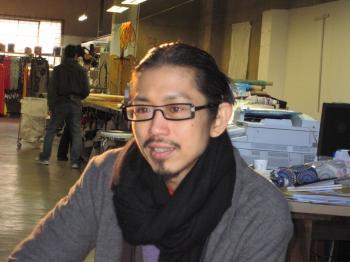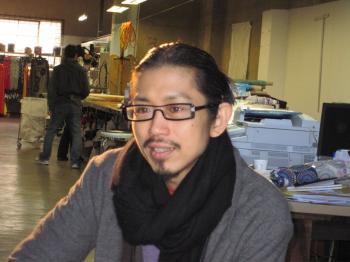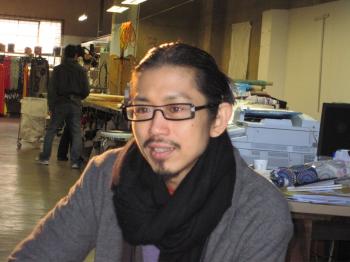When an Australian fashion designer is such a legend that Australia Post will produce a stamp of him, then it is time to know more. Akira Isogawa introduces The Epoch Times readers to his unique world below.
In Akira’s Unique World
When an Australian fashion designer is such a legend that Australia Post will produce a stamp of him, then it is time to know more.

Fashion designer Akira Isogawa, one of Australia's most loved, if not iconic, designers. Kati Turcu/The Epoch Times
|Updated:




